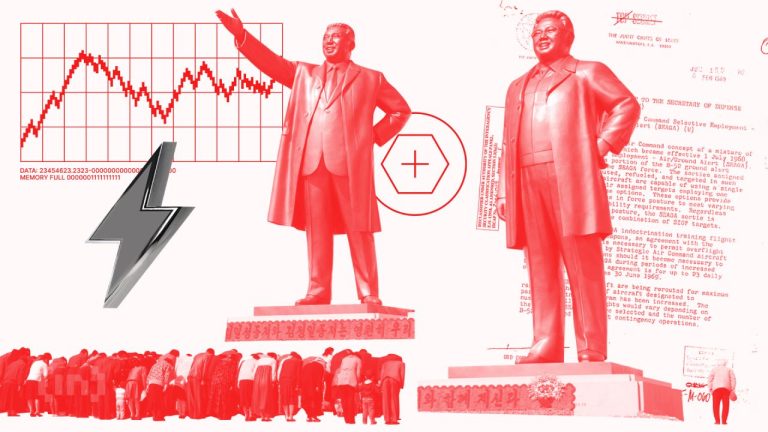
Introduction to Smart Cities
Smart cities are urban areas that utilize advanced technologies to enhance the quality of life for their residents. With the rise of the internet of things (IoT), big data, and artificial intelligence (AI), cities are becoming increasingly connected and efficient. In this article, we will explore the trends shaping smart cities by 2025, focusing on sustainability, urban mobility, and community engagement.
Sustainability Initiatives
As climate change becomes a pressing global issue, cities are embracing sustainability. By 2025, we expect to see a significant increase in green buildings, renewable energy sources, and waste management systems. Smart grids will optimize energy consumption, while urban farming initiatives will address food security.
Technological Advancements
The integration of technology into urban infrastructure is a hallmark of smart cities. Innovations such as autonomous vehicles, real-time data analytics, and smart public transportation systems will redefine urban mobility. By leveraging AI and machine learning, cities will improve traffic management and reduce congestion. These technological advancements are crucial for creating efficient urban environments.
Community Engagement
Smart cities are not just about technology; they are also about people. Community engagement will be fundamental in shaping urban policies. By using digital platforms, residents will have a voice in city planning and development. This participatory approach will help create inclusive environments that cater to diverse populations.
Conclusion
In conclusion, smart cities are poised for transformative changes by 2025. The focus on sustainability, technological advancements, and community engagement will create urban environments that are not only efficient but also enhance the quality of life for all residents. As we move forward, it is essential for city planners and stakeholders to collaborate and implement these trends to build resilient and thriving urban spaces.



